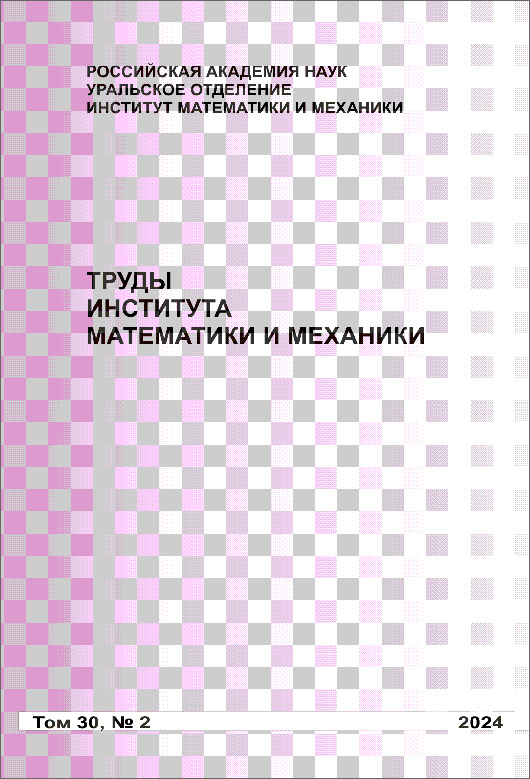|
This article is cited in 1 scientific paper (total in 1 paper)
Gravitational flow of a two-phase viscous incompressible liquid
A. I. Korotkii, Yu. V. Starodubtseva, I. A. Tsepelev
N.N. Krasovskii Institute of Mathematics and Mechanics, Ural Branch of the Russian Academy of Sciences, Ekaterinburg
Abstract:
Many natural phenomena and processes, such as lava flows during extrusive eruptions of volcanoes, mudflows, rock landslides, and snow avalanches, can have catastrophic consequences for the life and activities of humans and animals. Mathematical modeling of such problems is an important scientific problem. All these and many other phenomena and processes can be represented by models of the gravitational flow of a viscous incompressible fluid. The main driving forces in the evolution of these flows are the forces of gravitation, viscous friction, and interphase interaction. For the mathematical description of such processes, we propose mathematical models of the motion of a two-phase viscous incompressible fluid. One phase of such a fluid is a viscous incompressible fluid (viscous phase) itself, and the other phase is an incompressible fluid with low density and low viscosity, which will be called air for convenience. The introduction of the air phase makes it possible to slightly simplify the mathematical model for the total fluid flow and simplify the boundary conditions for it. The mathematical model includes the Navier–Stokes equation, the incompressibility equation, the viscous phase transfer equation, and the corresponding initial and boundary value conditions. The introduced mathematical models are studied. It is established that the corresponding initial–boundary value problems are well-posed. Theorems on the solvability in the generalized (weak) sense are proved for initial–boundary value problems. The dependence of the solution on the initial data and some parameters of the model is investigated.
Keywords:
viscosity, viscous liquid, incompressible liquid, multiphase liquid, Navier–Stokes equation, transfer equation, generalized solution.
Received: 21.07.2021
Revised: 09.08.2021
Accepted: 13.09.2021
Citation:
A. I. Korotkii, Yu. V. Starodubtseva, I. A. Tsepelev, “Gravitational flow of a two-phase viscous incompressible liquid”, Trudy Inst. Mat. i Mekh. UrO RAN, 27, no. 4, 2021, 61–73
Linking options:
https://www.mathnet.ru/eng/timm1863 https://www.mathnet.ru/eng/timm/v27/i4/p61
|

|




 Contact us:
Contact us: Terms of Use
Terms of Use
 Registration to the website
Registration to the website Logotypes
Logotypes








 Citation in format
Citation in format 
